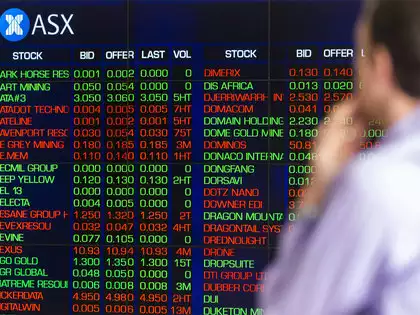The Australian share market took a hit on Monday, with billions of dollars wiped off the ASX after US President Donald Trump announced plans to slap 25% tariffs on steel and aluminium imports.
But what does this mean for the average Aussie?
What’s Behind the Market Meltdown?
The tariffs, which will come into effect immediately, had a direct impact on the domestic market, with the ASX200 index finishing the day down 28.60 points or 0.34% to close at 8482.80 points.
The Aussie dollar also took a hit, trading around US62.70c, although it recovered somewhat throughout the day.

Is the Market Overreacting?
According to Betashares chief economist David Bassanese, the immediate reaction by the Australian market might be an overreaction.
“A tariff on our steel exports to the US is a very small part of our economy, so the direct impact on our economy is pretty small,” he said.
However, he did warn that if there are flow-on impacts to the Chinese economy, it could have more significant consequences for the local markets.
Winners and Losers
Despite the overall market downturn, some companies saw gains.
Steelmaker BlueScope rose 1.81% to $21.90, after confirming that much of its steel production is done in the US.
On the other hand, JB Hi-Fi’s shares finished down 4.56% despite announcing a 10% bump in first-half revenue.
What’s Next?
Prime Minister Anthony Albanese is set to discuss the tariff issue with Trump in an upcoming call.
Meanwhile, experts are warning that the tariffs could have far-reaching consequences for the global economy.
As one expert noted, “If Mr Trump uses tariffs as a means to push countries to engage in fair trade, it is probably on balance a good thing.
But this across-the-board tariffs, it hurts countries irrespective of whether they engage in free trade or not, as it hurts us and China to the same degree.”

